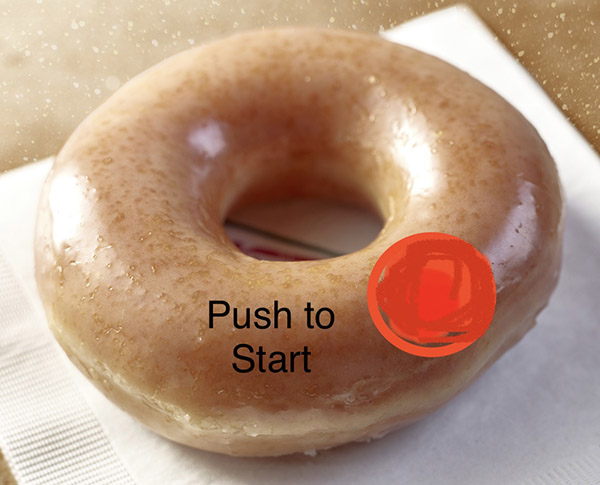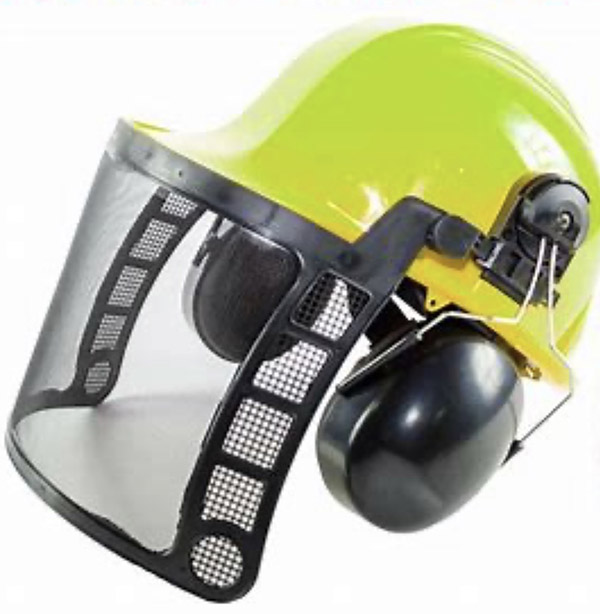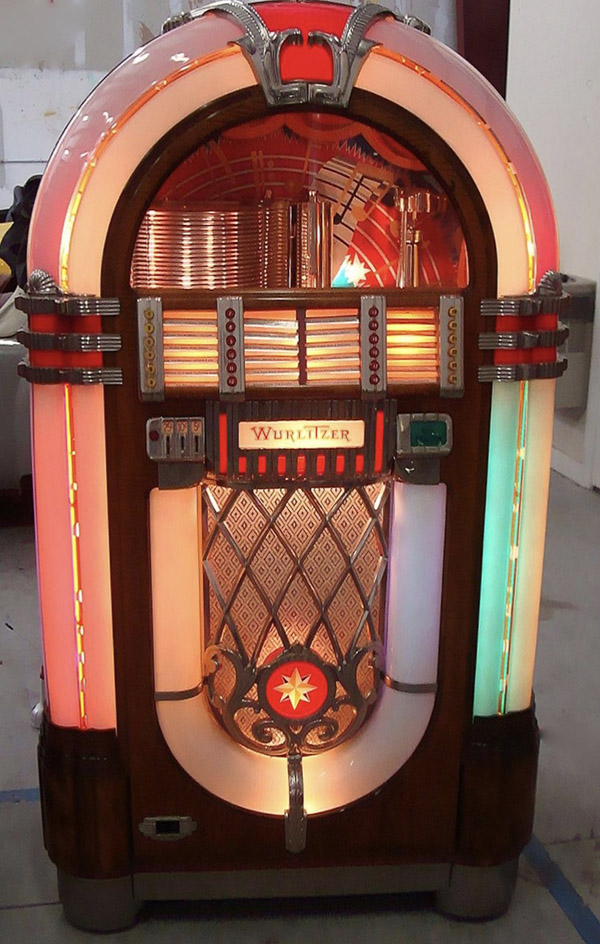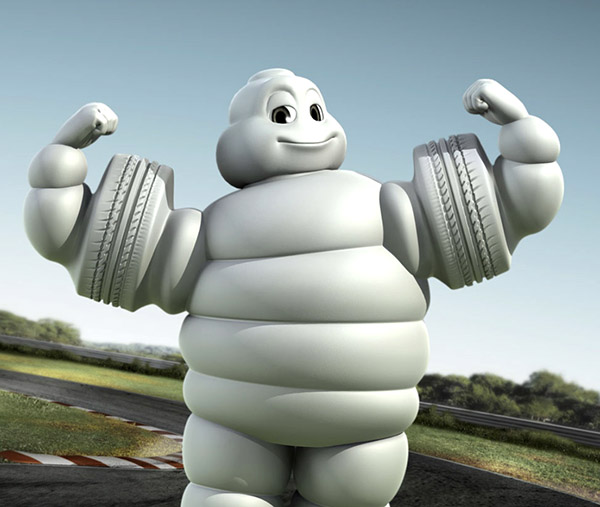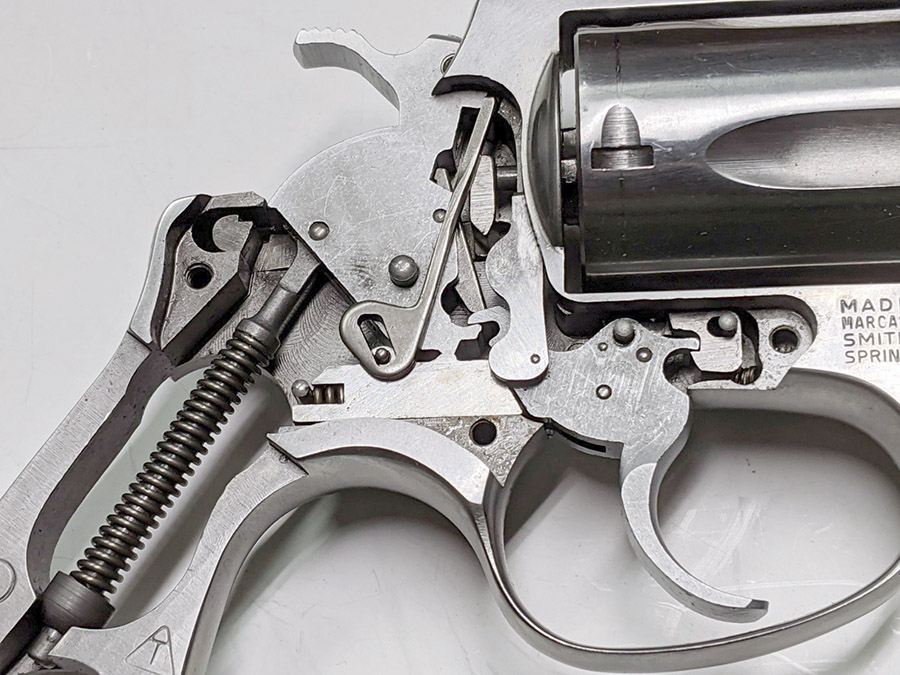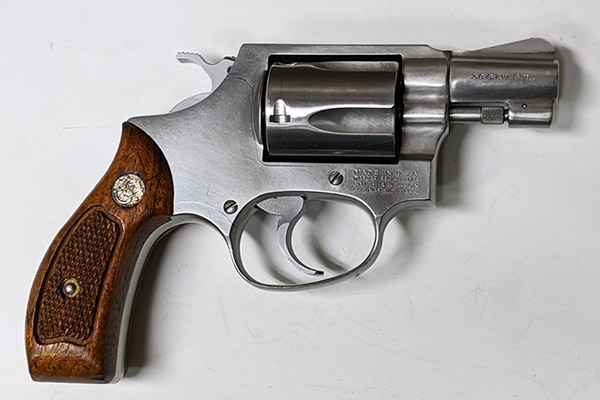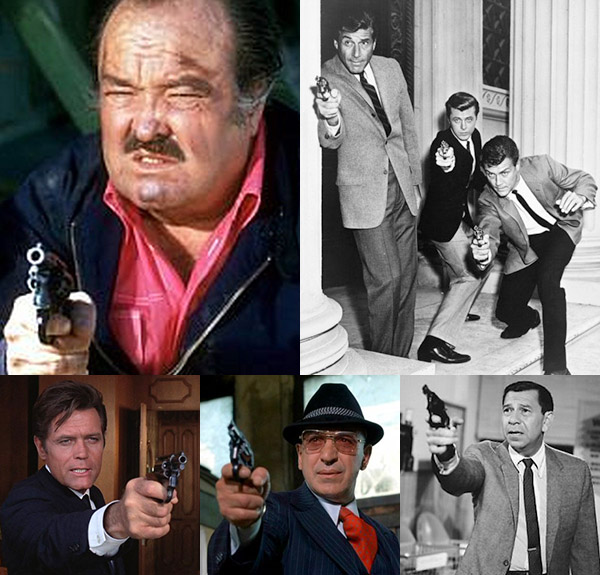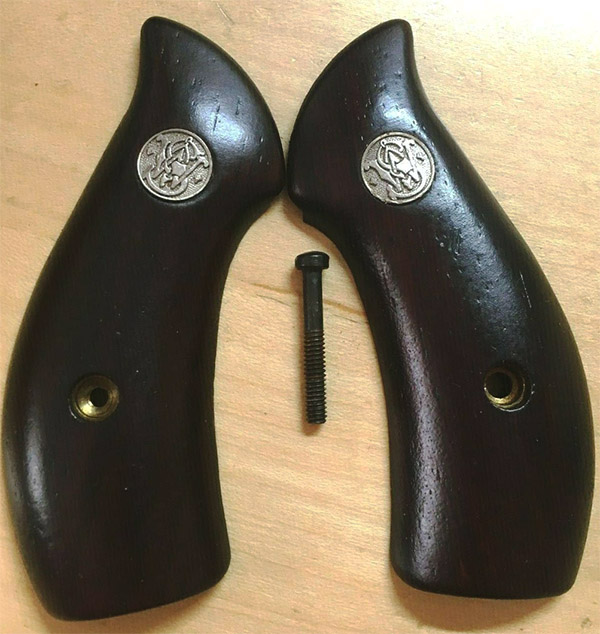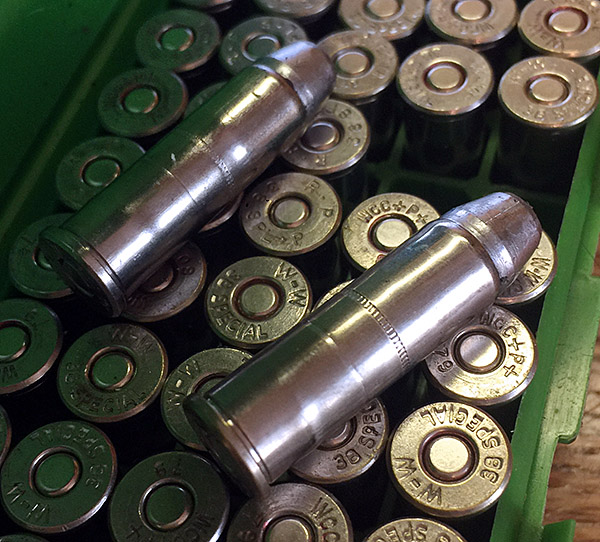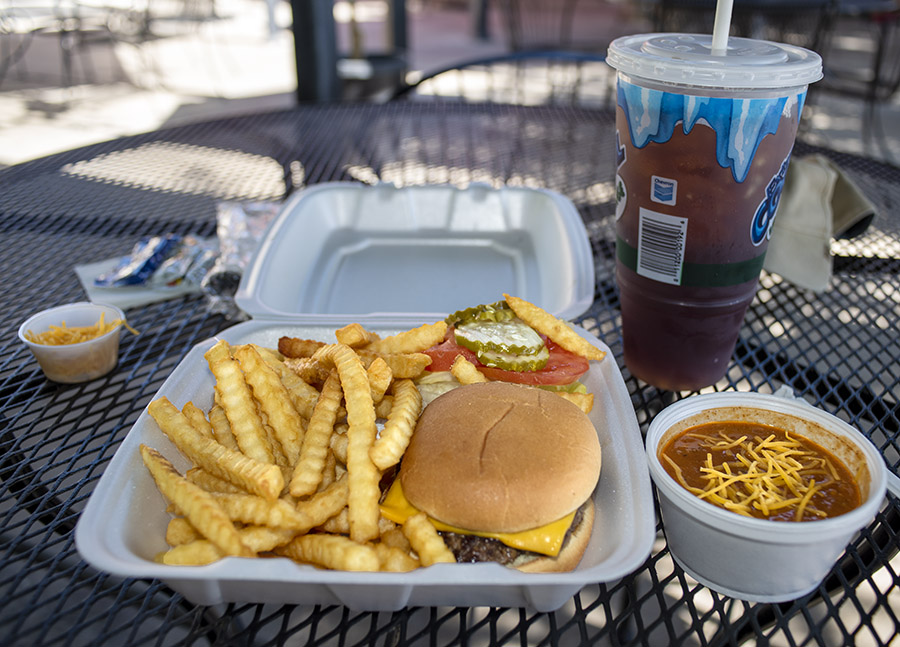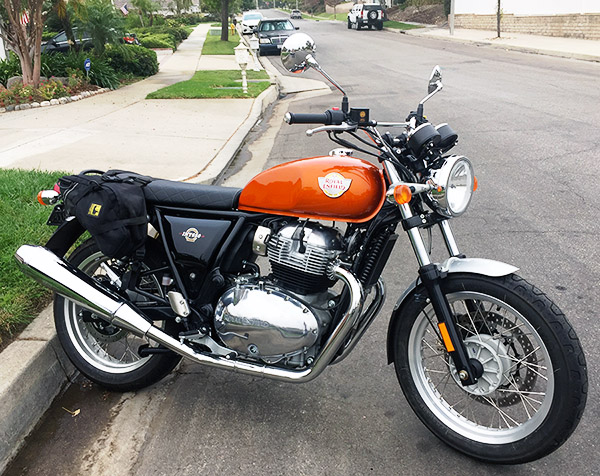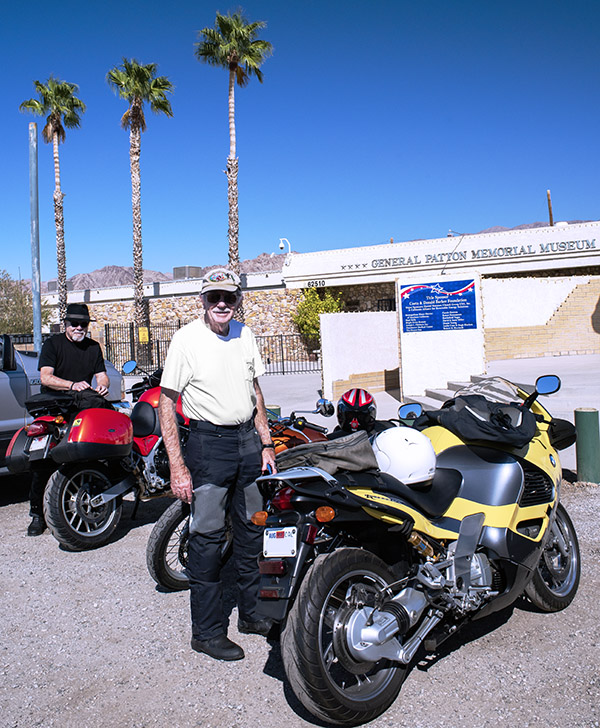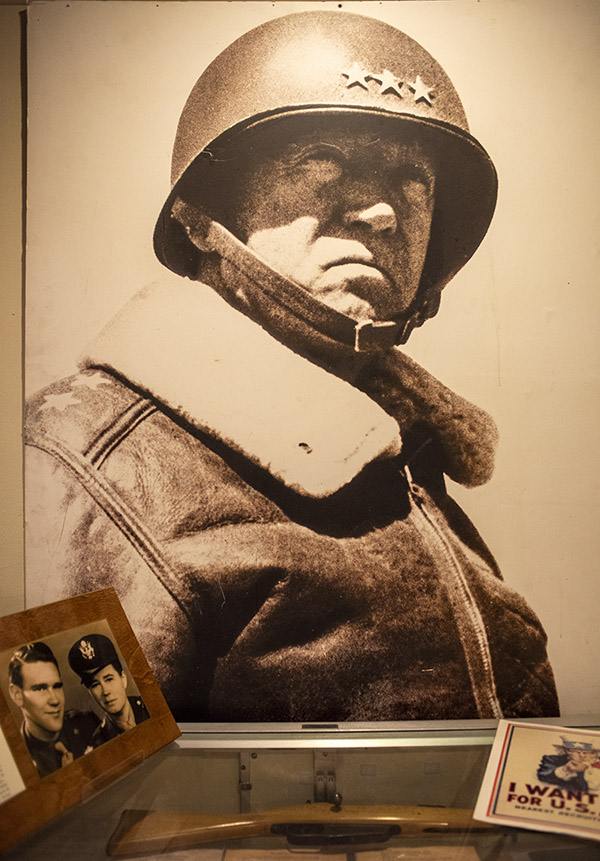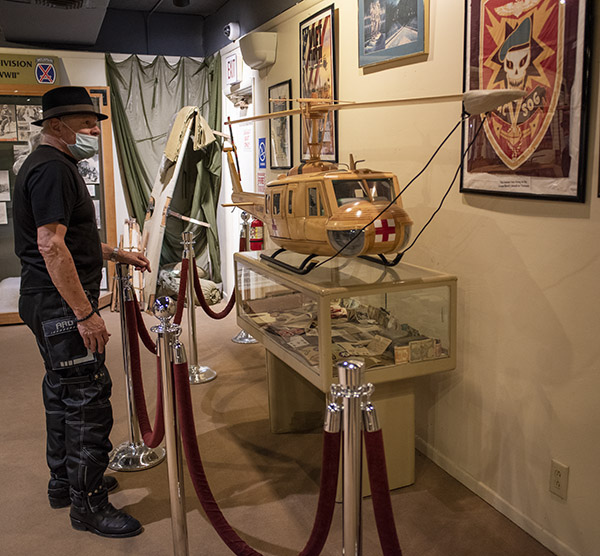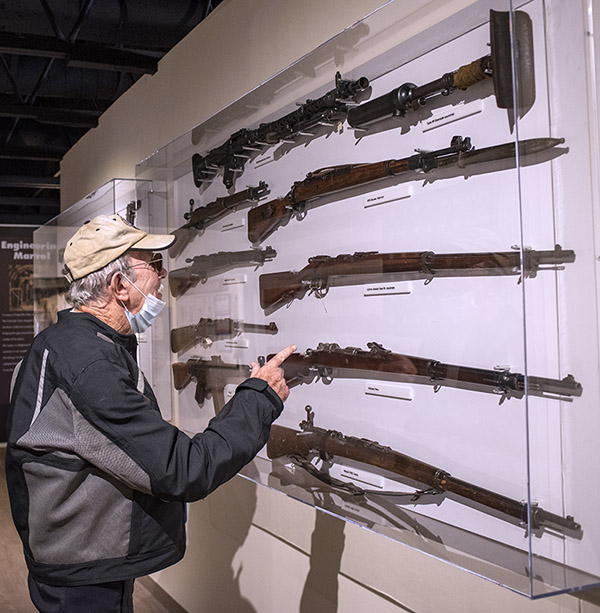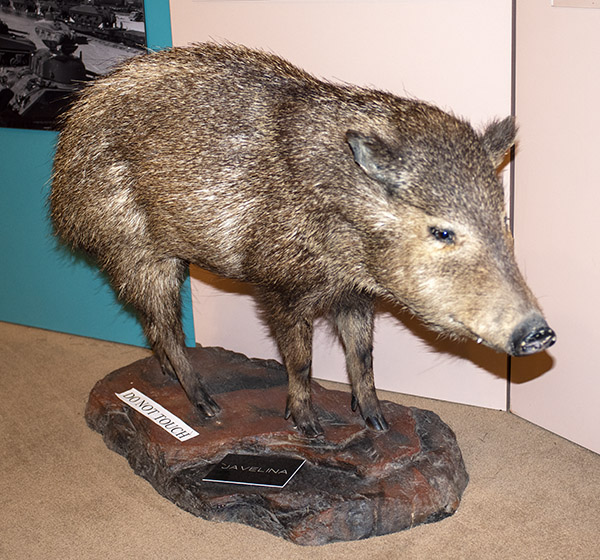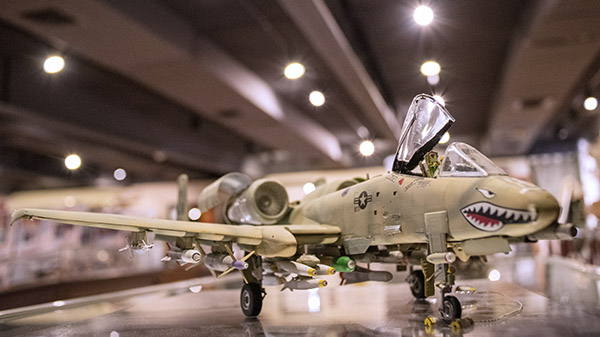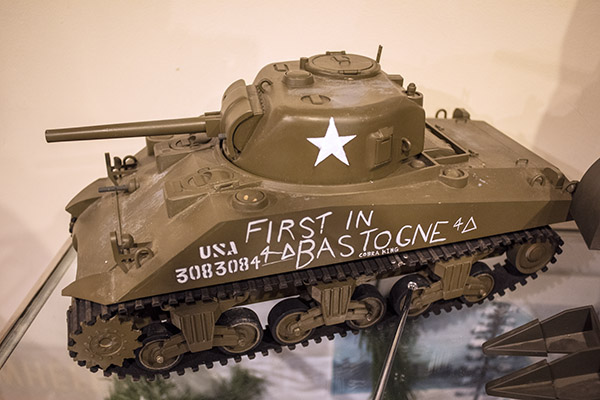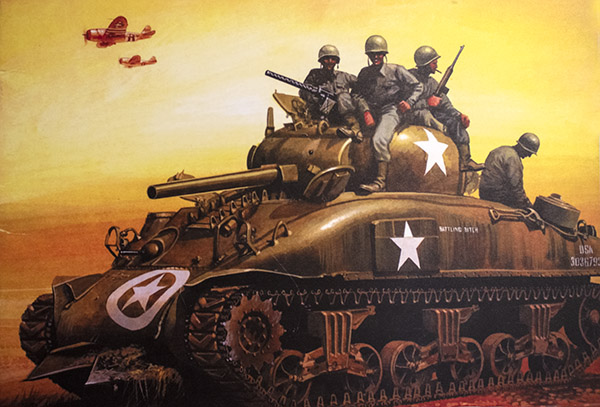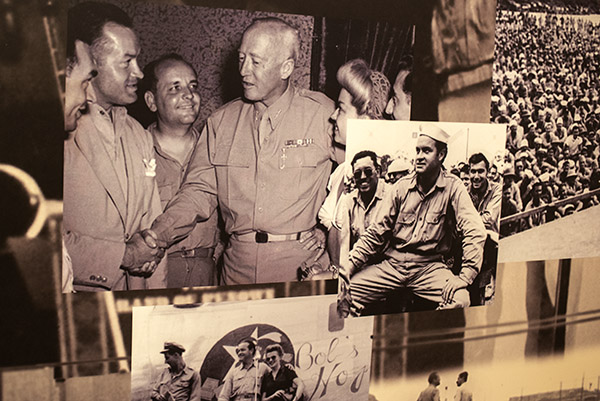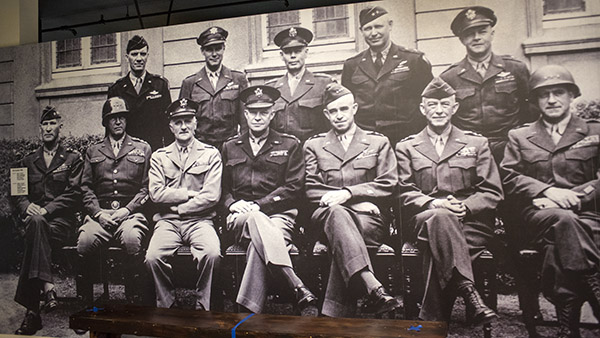We love guest blogs. This is one from good buddy Jeff, who rides a BMW with his teddy bear Jay. It came about from a comment Jeff made on one of Gresh’s blogs, and in that comment he included his YouTube channel address. Being a curious sort, I went there and I was blown away by the content and the quality. One that caught my eye immediately was on Utah’s Highway 12, which runs from just east of Bryce Canyon National Park to Capitol Reef National Park. I’ve ridden it several times, and I believe it is perhaps the finest motorcycle road in America. The Highway 12 video is posted at the end of Jeff’s guest blog, along with a link for his YouTube channel. And with that, let’s get to the main attraction. Over to you, Jeff!
Jay is a teddy bear and my constant companion. I’m a guy. And 58 years old. How did this happen?!?

Usually this sort of personal revelation involves a phrase like “…Well, there was tequila involved, ok?” or something like that. For once in my life that was not the case.
I started riding motorcycles in college. I was born and raised Mennonite, so a red 1978 Yamaha XS 400 got me a lot of attention at a Mennonite school. I was hooked!
40 years later I’m riding more than ever. In 2011 I moved to Salt Lake City, UT and met the Lovely Laura the 4th day I was here. We’ve been together ever since.
Very early on in our relationship I gave Jay to Laura as a gift. Her family didn’t know about me yet. Her Mom was born and raised Mormon and dating a man with a MOTORCYCLE just wasn’t done in the 50’s and 60’s. Luckily I caught her daughter at a weak moment, so occasionally I’d steal Jay (we didn’t call it breaking and entering) and take him on adventures.
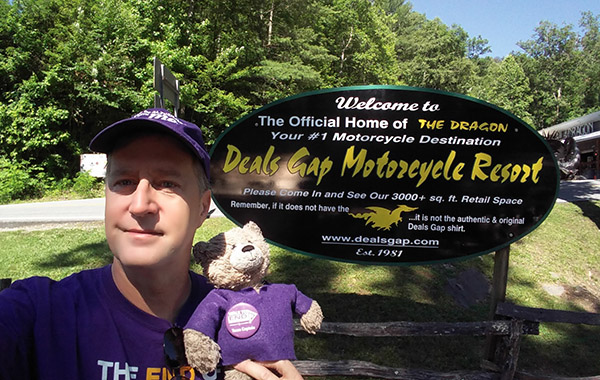
It would be 2 p.m. and Laura would be in a meeting somewhere and her phone would ding. There on her phone would be a picture of Jay having some grand adventure in Park City, UT, or having a beer at one of our favorite restaurants. Once he even went to Las Vegas! I loved making her smile like that.
When it came time to ride home to Indiana for my girls’ graduation from high school and college, one of my daughters asked, “Well, is Jay coming too?” – and so started Jay’s first Big Adventure.
Packing for 3 weeks on the road left no room for Jay in my luggage, so I strapped him to the side of the duffel bag I had strapped to the back seat. What I learned, was that when a motorcycle goes by a sleepy driver in a car at, say, something approaching triple digits, if I ran across them at a gas stop, they were rarely pleased. But with Jay along it always started a conversation instead. From that moment on, he always traveled with me and it got to be my ‘thing’.
I have been a driving instructor for BMW, Porsche, Ferrari, and a host of other groups for over 35 years with over 15,000 racetrack miles and a quarter million street miles. I joined a bunch of sport-bike groups to ride with here in Salt Lake City and invariably I’d get these strange looks showing up for a canyon ride.
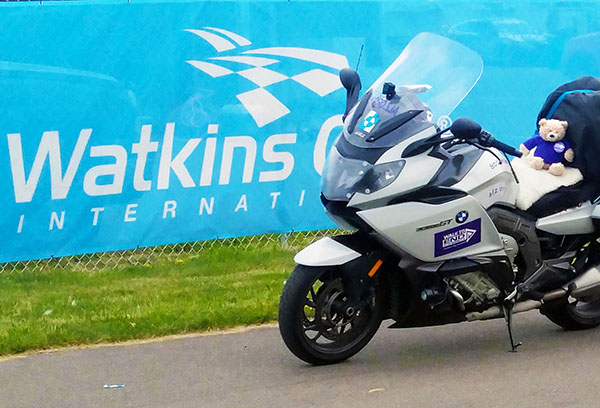
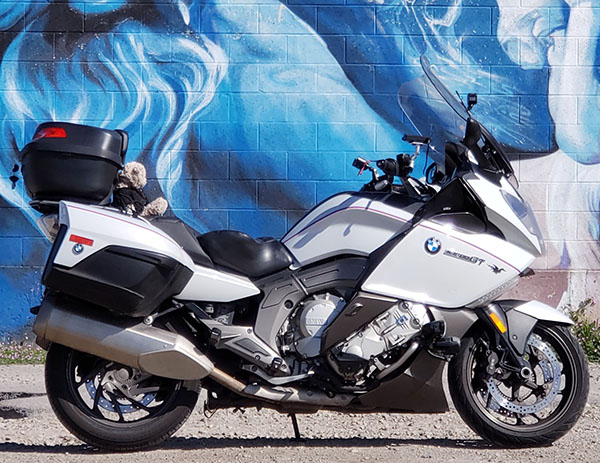
“Dude! Who invited Grandpa on the touring bike? OMG he’s got a teddy bear with him!”
After blowing them all off in the twisties, I slowly earned their respect. In the pre-ride bench racing sessions, it would all go great until one of them would say, “Uh oh, Jay’s back!” For a fuzzy little bear, he has serious ‘street cred’.
Anyway, in 2017 the stars aligned, and I planned the trip of a lifetime. I decided to ride from Salt Lake City to Los Angeles, CA to dip my toes in the Pacific Ocean and then head east to repeat the toe-dip in Portsmouth, NH, not far from my twin sister. The ride was dedicated to raising awareness for the Alzheimer’s Association as by now Laura was the Director of Development for the State of Utah. Jay and I stopped at Alzheimer’s Association offices all across the USA. That trip is documented on our Instagram page #jaysbigadventure.

I’ve always enjoyed helping people with car and motorcycle maintenance and started our youtube.com channel to continue to teach people about cars, motorcycles and to raise awareness for the Alzheimer’s Association’s fight to cure this terrible disease. It is the only one of the top six killers in the USA that has no treatment, no cure, and no way to manage or control the symptoms.
Therefore, the end credits of every one of my videos has contact info to help people learn that there is help not only for the sufferers, but the supporting caregivers as well. 100% of their services are free.
Nine years ago, buying Laura a cute bear at a BMW dealership, I had no idea what a profound change he would bring to my life. I can’t wait to see what he comes up with over the next 9 years!

Jeff, that’s an awesome story. Our readers, Joe Gresh, and I thank you for sharing it with us.
Here’s the Highway 12 YouTube video I mentioned above:
Jeff and Jay’s YouTube channel is here. I subscribed to it; you might want to consider doing the same.
Never miss an ExNotes blog! Sign up here:

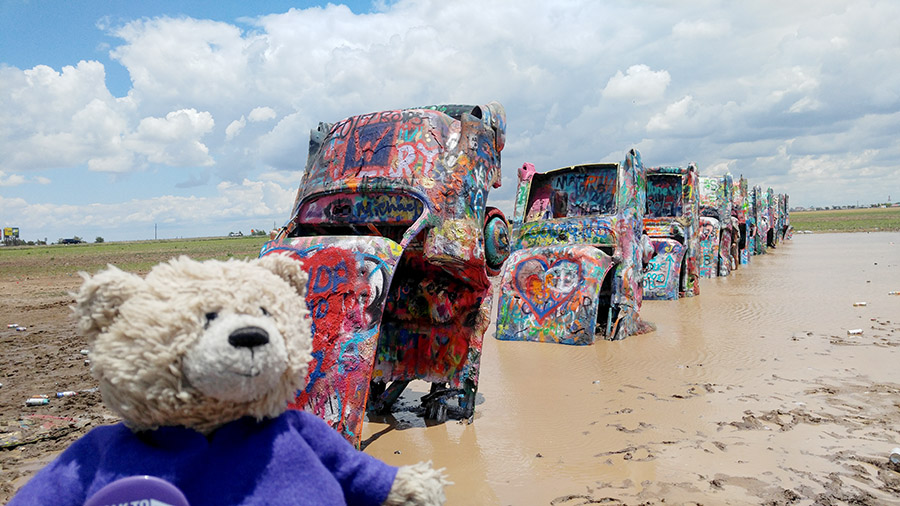





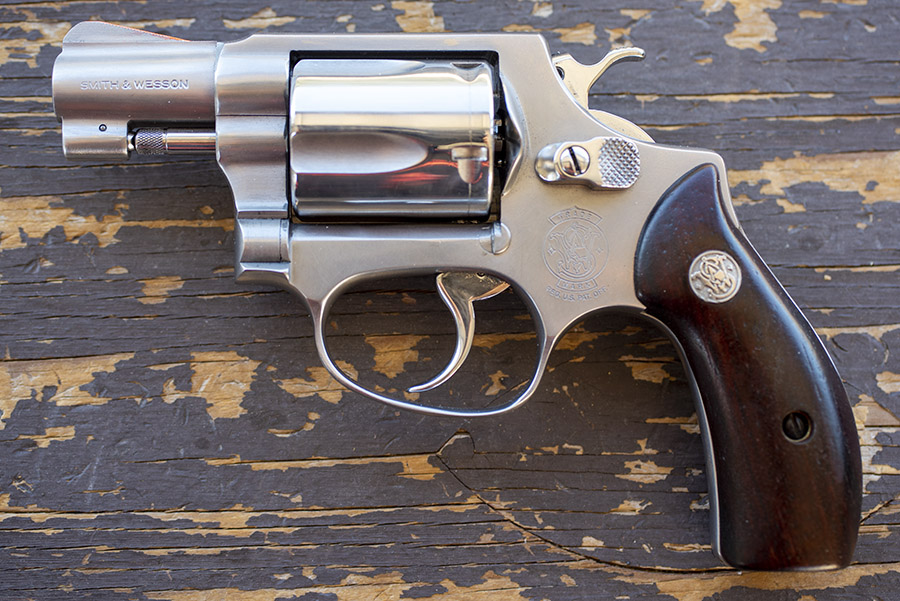

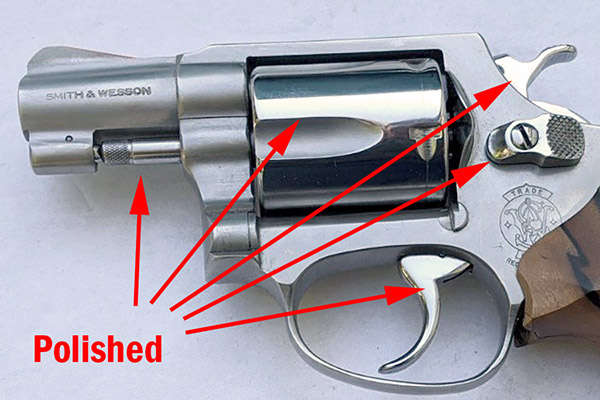
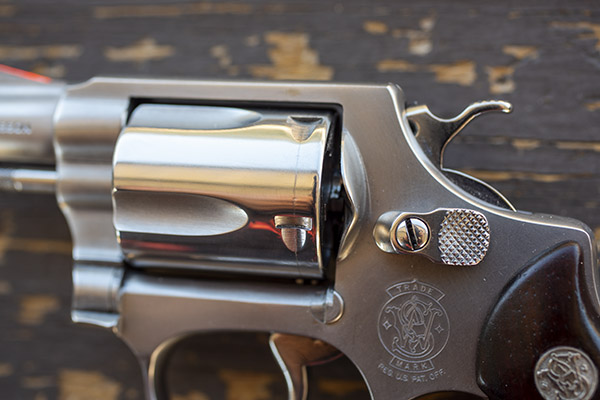
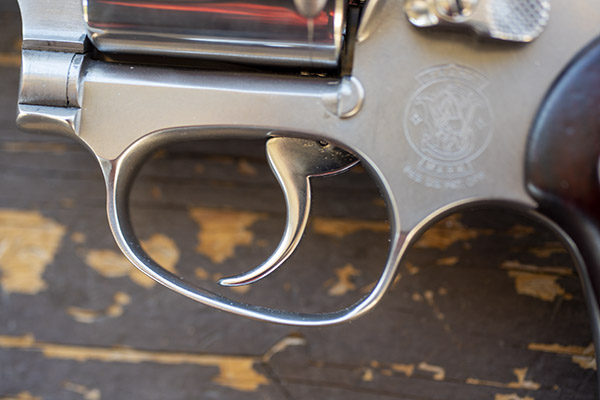
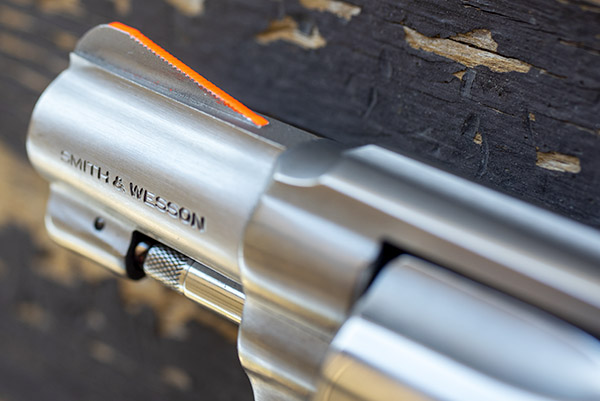
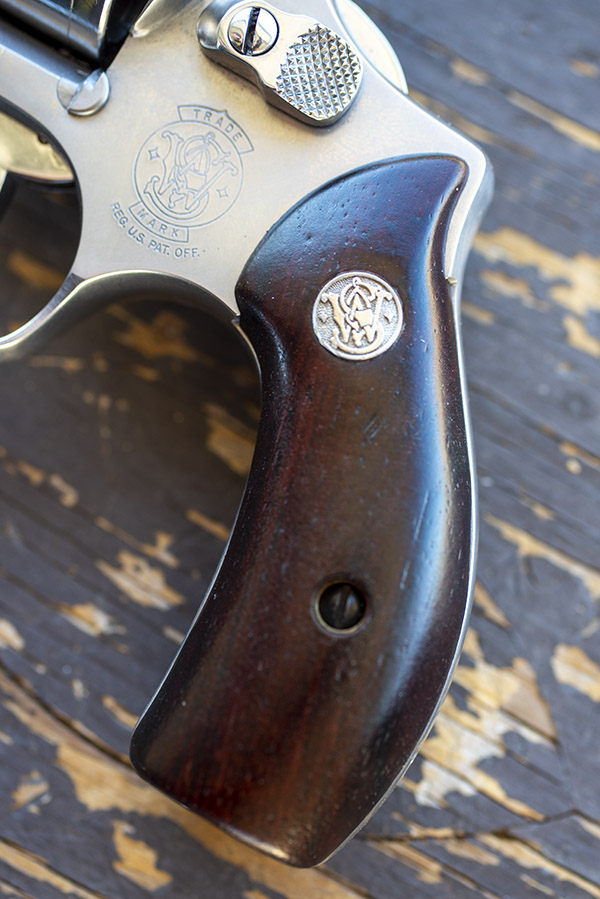
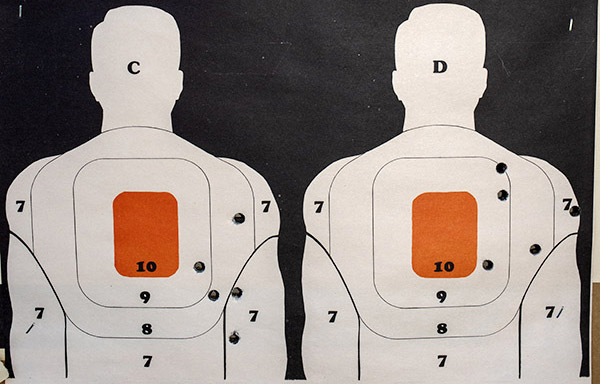
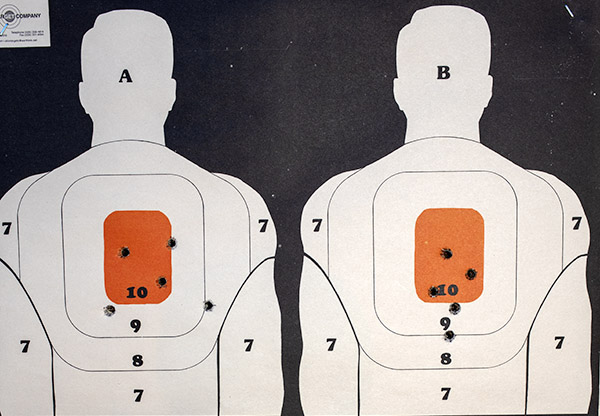
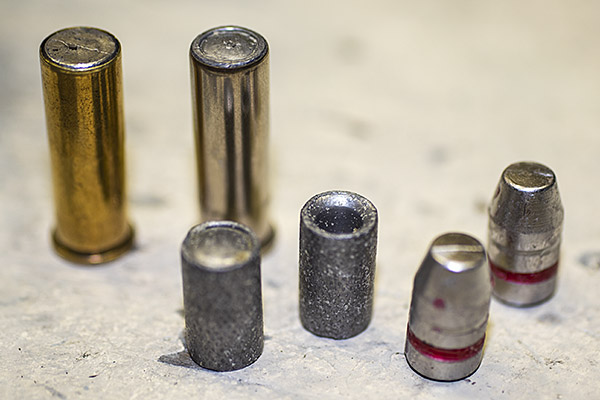
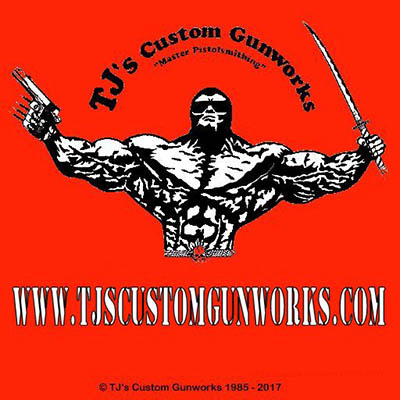
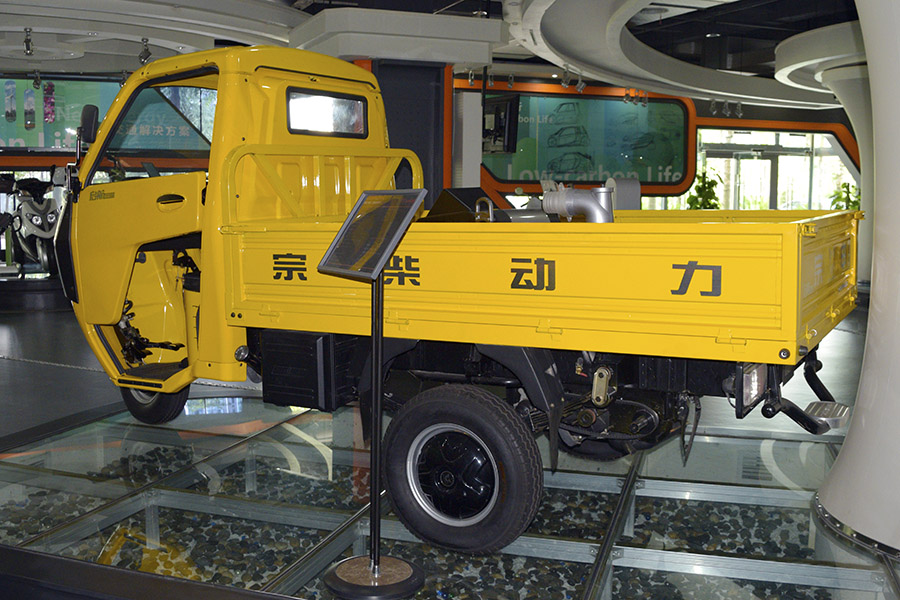
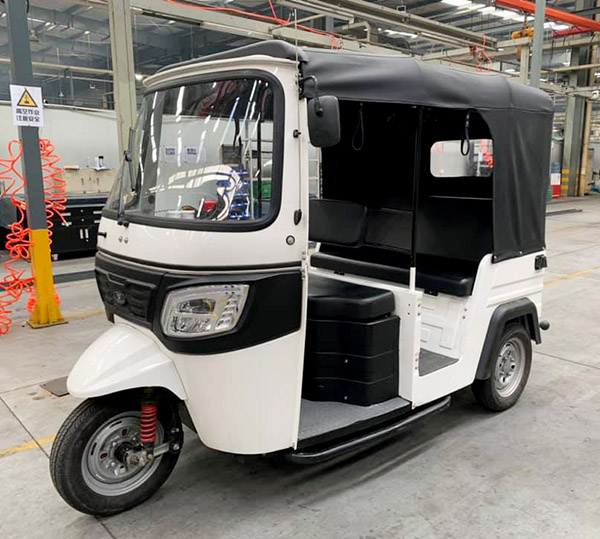



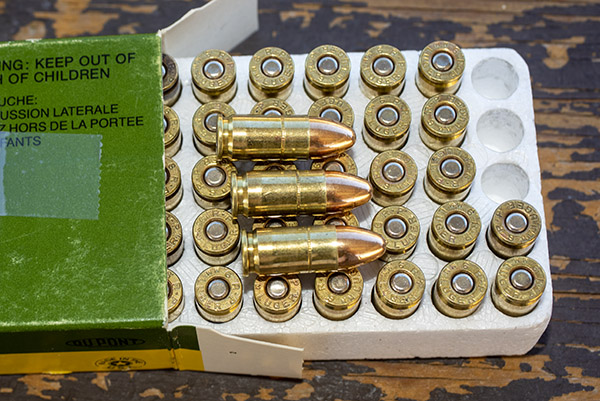
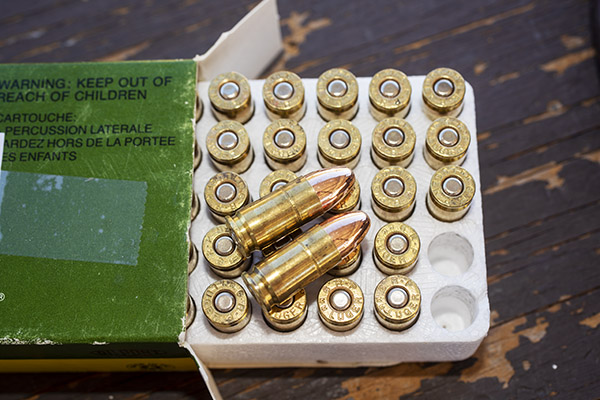
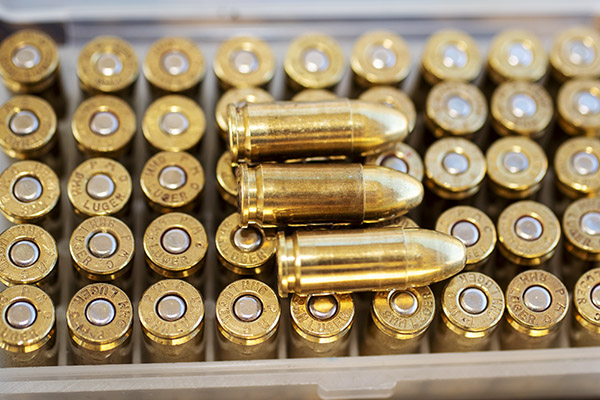
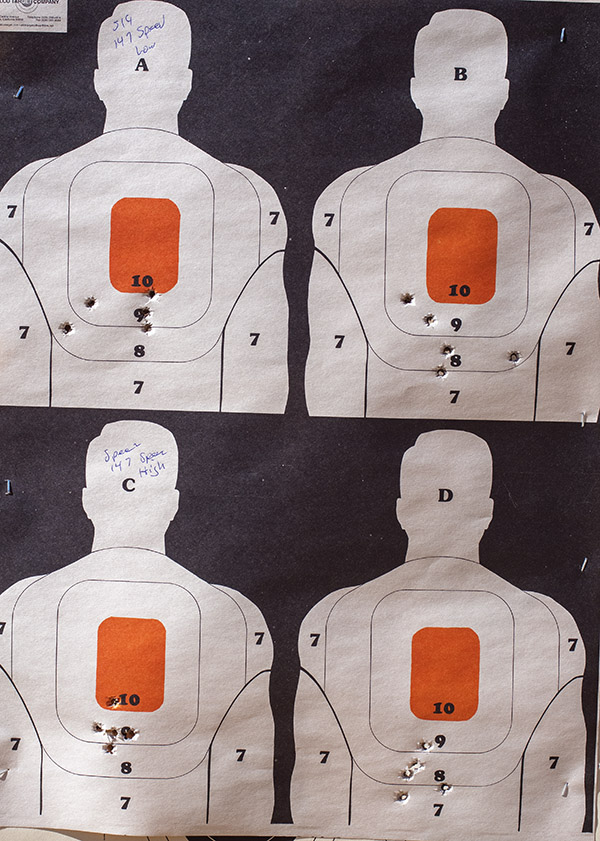


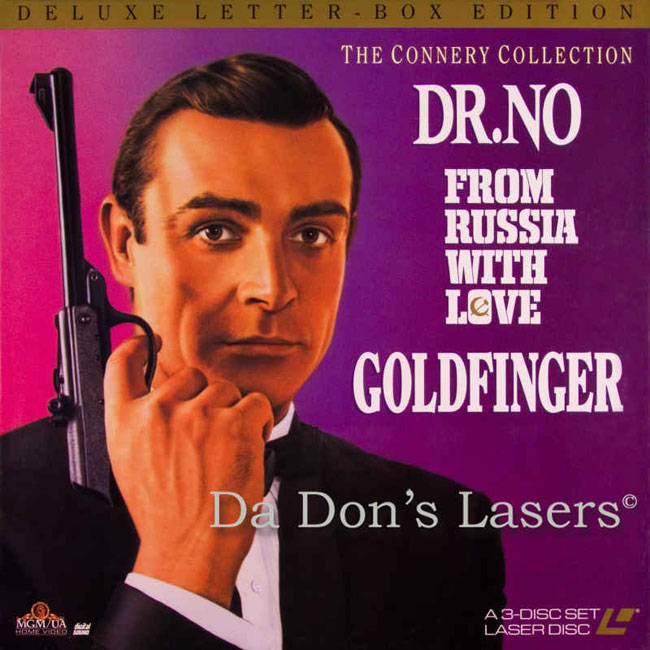
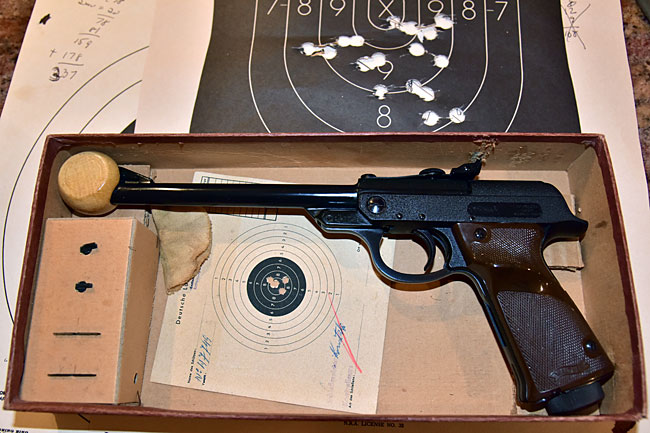

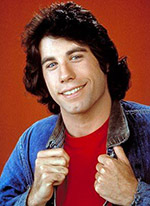 Gresh’s most recent blog (
Gresh’s most recent blog (
